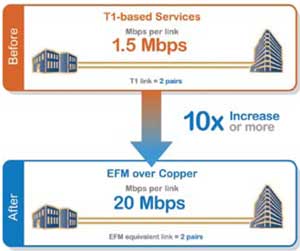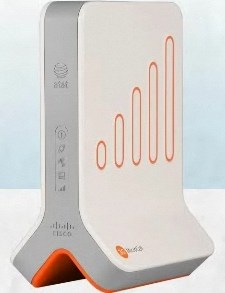 Game over. In the championship of cell phone competition, Verizon Wireless and AT&T have won, and it is now too late for Sprint-Nextel or T-Mobile USA to catch up.
Game over. In the championship of cell phone competition, Verizon Wireless and AT&T have won, and it is now too late for Sprint-Nextel or T-Mobile USA to catch up.
That is the conclusion of Moody’s Investors Service, who has determined competition in waning in the U.S. wireless marketplace.
“AT&T Mobility and Verizon Wireless have better network coverage, wider capabilities and wider profit margins which gives them a competitive advantage that smaller rivals just can’t match,” said Mark Stodden, a Moody’s analyst and author of the report. “It is too late for competitors to invest and catch up; Sprint has the willingness but not the ability, while T-Mobile’s parent Deutsche Telekom, is the opposite.”
Sprint’s ambitious plans for a new 4G LTE network have been suppressed by a lack of enthusiasm by Wall Street investors and bankers, who seem to prefer the much-larger AT&T and Verizon who can sustain increased pricing and are better credit risks. T-Mobile USA has practically been abandoned by its parent owner Deutsche Telekom, which wants to focus its investments in larger markets in Europe.
Moody’s estimates AT&T and Verizon will account for 81 percent of industry earnings in 2011. Wall Street has pressured Sprint and T-Mobile to seek consolidation to better withstand their larger competitors. Before AT&T bid for T-Mobile, rumors of an acquisition of the German-owned company by Sprint-Nextel were common, although the two companies operate with different network technology. Moody’s predicts troubled waters for Sprint if it should actually seek to acquire T-Mobile, because the FCC seems comfortable with a minimum of four national carriers.
Instead, Moody’s predicts Sprint will seek to acquire smaller regional carriers and prepaid providers like Leap Wireless’ Cricket and MetroPCS. Neither acquisition would significantly improve Sprint’s service footprint, however, as both prepaid providers operate only in larger markets where they already co-exist with Sprint.


 Subscribe
Subscribe






